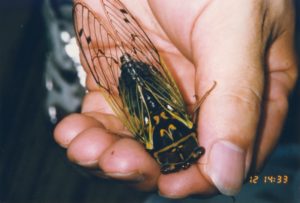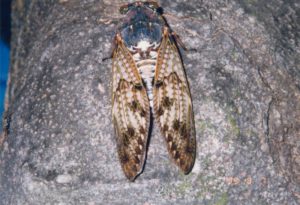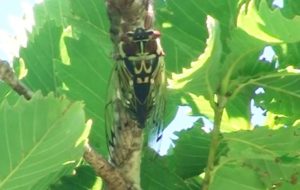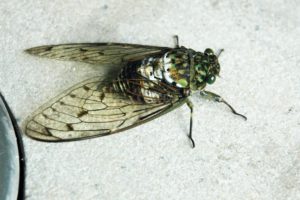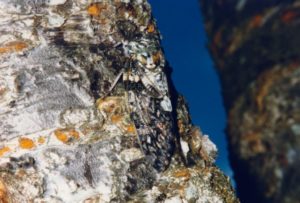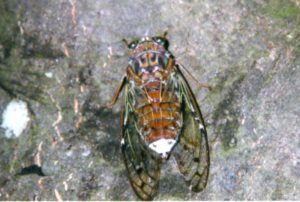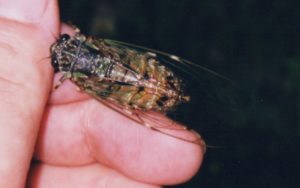Many species shown on this page are not endemic to a single country. Typically if a cicada can be found in one country in Indo-China (Cambodia, Laos, Malaysia, Myanmar, Singapore, Thailand, Vietnam), it will be found in many others, as well as southern China.
Ambragaeana Chou & Yau, 1985
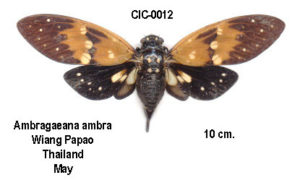
Ambragaeana ambra Chou & Yao, 1985. Photo by Michel Chantraine.
Ambragaeana ambra is found in Indo-China and China.
Angamiana Distant, 1890
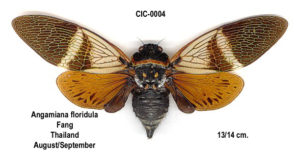
Angamiana floridula Distant, 1904
Angamiana floridula is found in Indo-China and China.
Ayuthia Distant, 1919
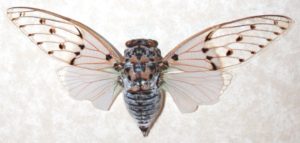
Ayuthia spectabile Distant, 1919.
Ayuthia spectabile is found in Indo-China and China.
Becquartina Kato, 1940
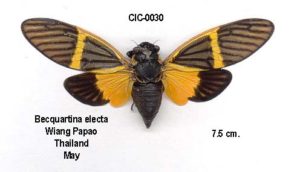
Becquartina electa (Jacobi, 1902) from Thailand. Photo by Michel Chantraine.
Becquartina electa is found in Indo-China and China.
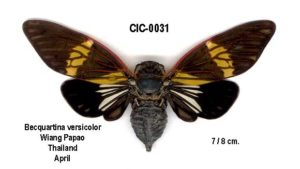
Becquartina versicolor Boulard, 2005 Thailand. Photo by Michel Chantraine.
Becquartina versicolor is found primarily in Thailand, but I imagine it can be found in adjacent nations as well.
Callogaeana Chou & Yao, 1985
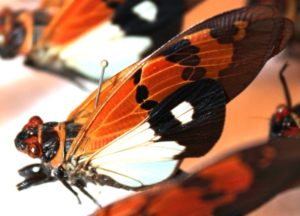
Callogaeana festiva festiva (Fabricius, 1803). Formerly Gaeana festiva.
Callogaeana festiva festiva is found in Indo-China and China.
Chremistica Stål, 1870
Cicadmalleus
Cryptotympana Stål, 1861
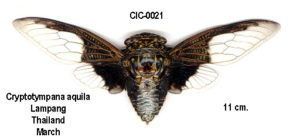
Cryptotympana aquila (Walker, 1850) from Thailand. Photo by Michel Chantraine.
Cryptotympana aquila has a huge range from Korea south to Indo-China, as well as, Borneo, Sumatra and Brunei.
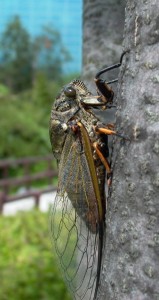
Female Cryptotympana atrata (Fabricius, 1775) from Korea. Photo by Jon Allen.
Cryptotympana atrata has a large range from Indo-China north to Korea.
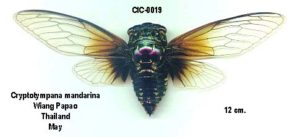
Cryptotympana mandarina Distant, 1891. Photo by Michel Chantraine.
Distantalna Boulard, 2009
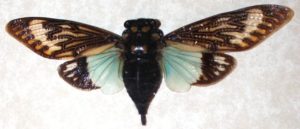
Distantalna splendida (Distant, 1878)
Dundubia Amyot & Audinet-Serville, 1843
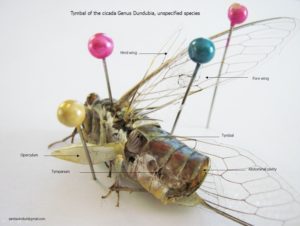
Dundubia sp. Photo by Santisuk Vibul.
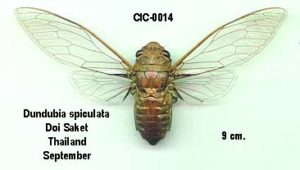
Dundubia spiculata Noualhier, 1896. Photo by Michel Chantraine.
Euterpnosia Matsumura, 1917
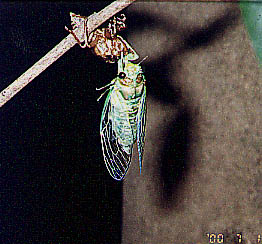
Euterpnosia chibensis. Photo by Osamu Hikino.
Formotosena Kato, 1925
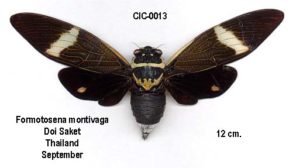
Formotosena montivaga (Distant, 1889). Photo by Michel Chantraine.
Gaeana Amyot & Audinet-Serville, 1843
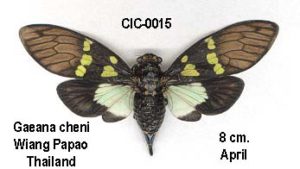
Gaeana cheni Chou & Yao, 1985. Photo by Michel Chantraine.
Hyalessa China, 1925
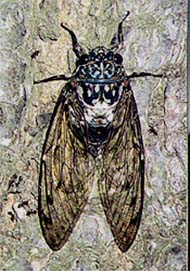 Hyalessa maculaticollis maculaticollis (de Motschulsky, 1866). Photo by Osamu Hikino.
Hyalessa maculaticollis maculaticollis (de Motschulsky, 1866). Photo by Osamu Hikino.
Huechys Amyot & Audinet-Serville, 1843
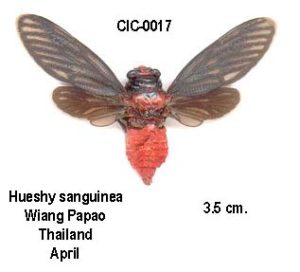
Huechys sanguinea (Degeer, 1773). Photo by Michel Chantraine.
H. sanguinea can be found throughout Asia, including China, Indo-China, India & Pakistan.
Lyristes Horváth, 1926
Depending on who you ask, the Genus is Lyristes or Tibicen, so I’ll mention both. Wait — not it’s Auritibicen.
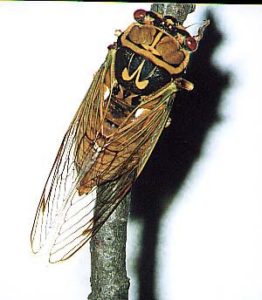
Lyristes flammatus or Tibicen flammatus (Distant, 1892)
L. flammatus aka T. flammatus (there is some dispute over the name of the genus) can be found in Japan, Korea and China.
Macrosemia Kato, 1925
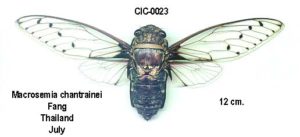
Macrosemia chantrainei Boulard, 2003. Photo by Michel Chantraine.
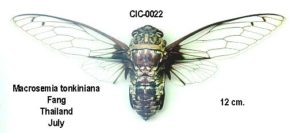
Macrosemia tonkiniana (Jacobi, 1905). Photo by Michel Chantraine.
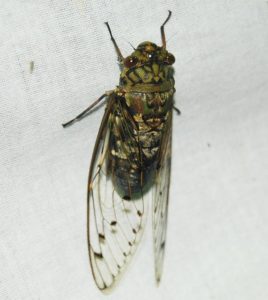
Macrosemia umbrata. Photo by Raghu Ananth.
Orientopsaltria Kato, 1944
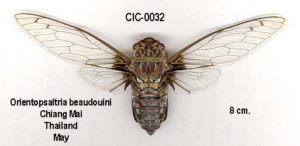
Orientopsaltria beaudouini Boulard, 2003. Photo by Michel Chantraine.
Platylomia Stål, 1870
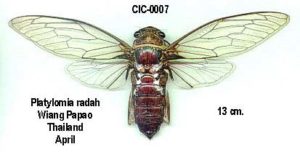
Platylomia radah (Distant, 1881). Photo by Michel Chantraine.
Platypleura Amyot & Audinet-Serville, 1843
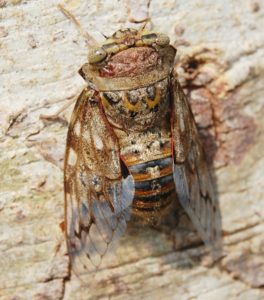
Platypleura capitata (Olivier, 1790). Photo by Raghu Ananth.
Pomponia Stål, 1866
Purana Distant, 1905
Salvazana Distant, 1913
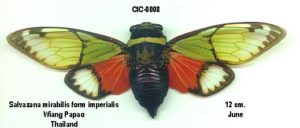
Salvazana mirabilis imperialis Distant, 1918. Photo by Michel Chantraine.
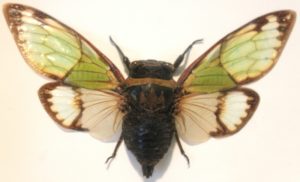
Salvazana mirabilis mirabilis Distant, 1913
Sulphogaeana Chou & Yao, 1985
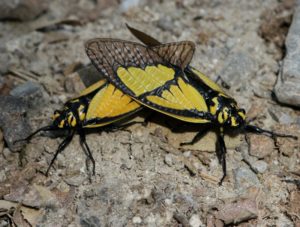
Sulphogaeana sulphurea (Westwood, 1839).
Tacua Amyot & Audinet-Serville, 1843
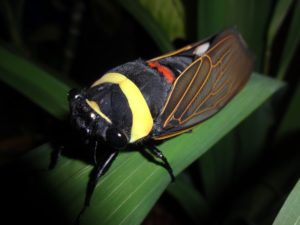
Tacua speciosa (Illger, 1980). Photo by Anonymous.
Tailanga Distant, 1890
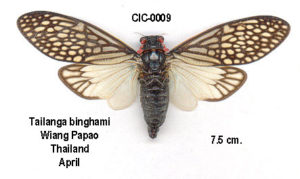
Tailanga binghami Distant, 1890. Photo by Michel Chantraine.
T. binghami is found in China and the countries of Indo-China.
Tosena Amyot & Audinet-Serville, 1843
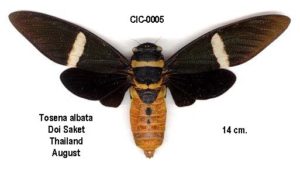
Tosena albata Distant, 1878. Photo by Michel Chantraine.
Trengganua Moulton, 1923
Blog Catagories:
Links for further research:
Southeast Asia
India
Japan
Cicada species names and locations verified using The Catalogue of the Cicadoidea (Hemiptera: Auchenorrhyncha) by Allen F Sanborn.
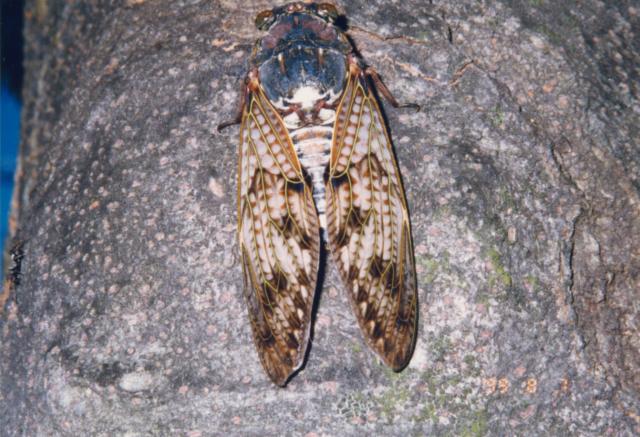
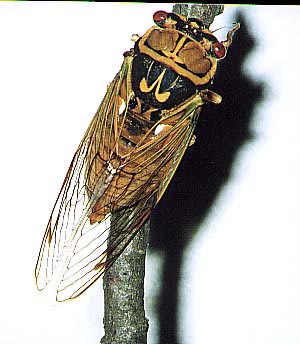
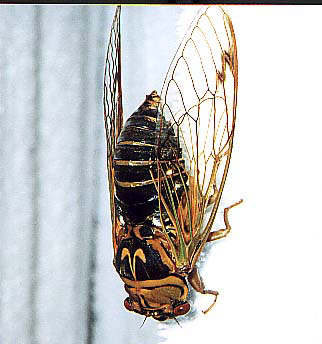
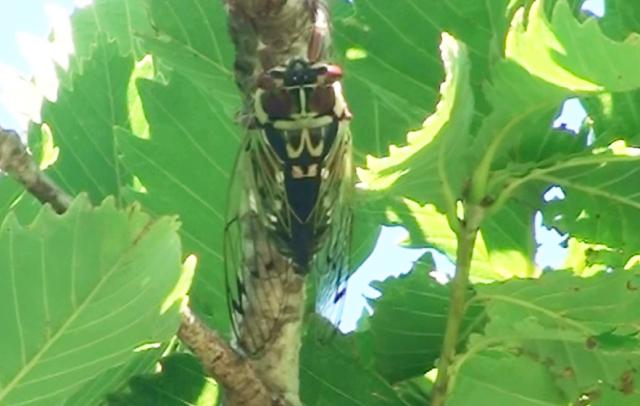
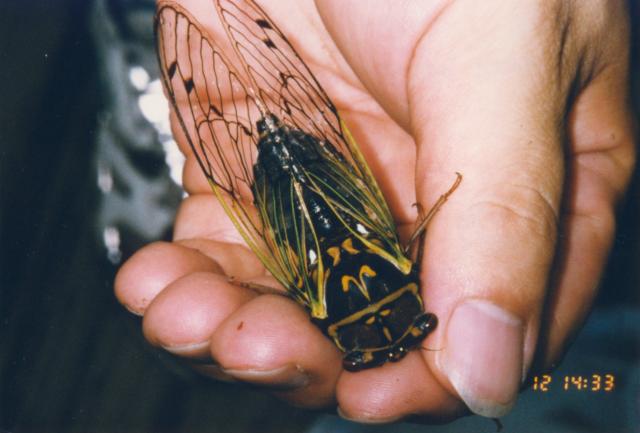
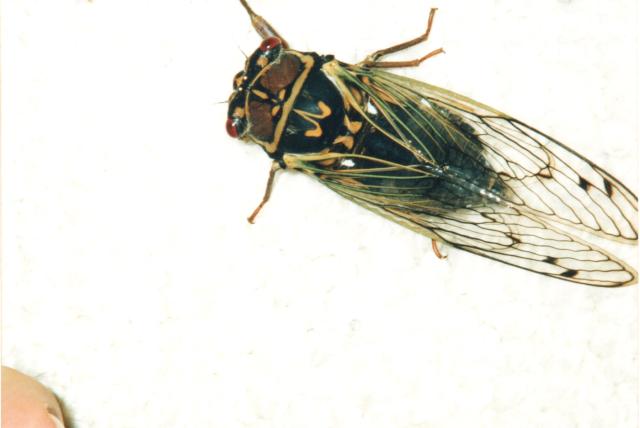
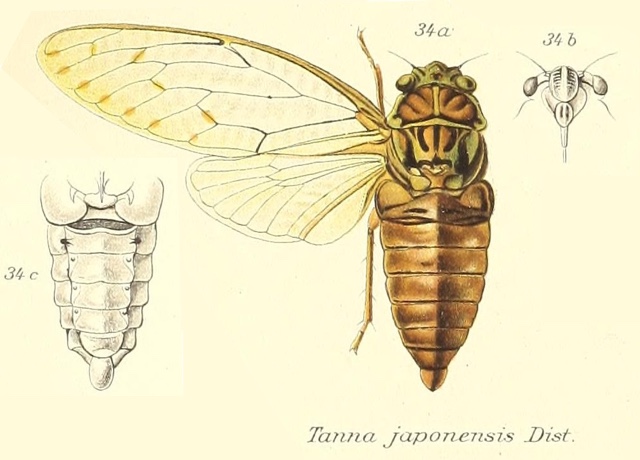
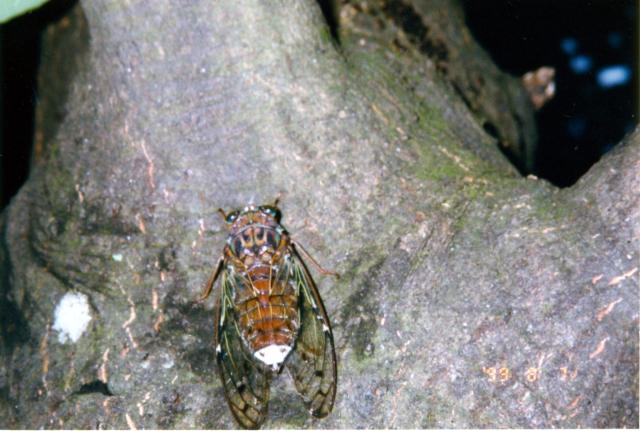
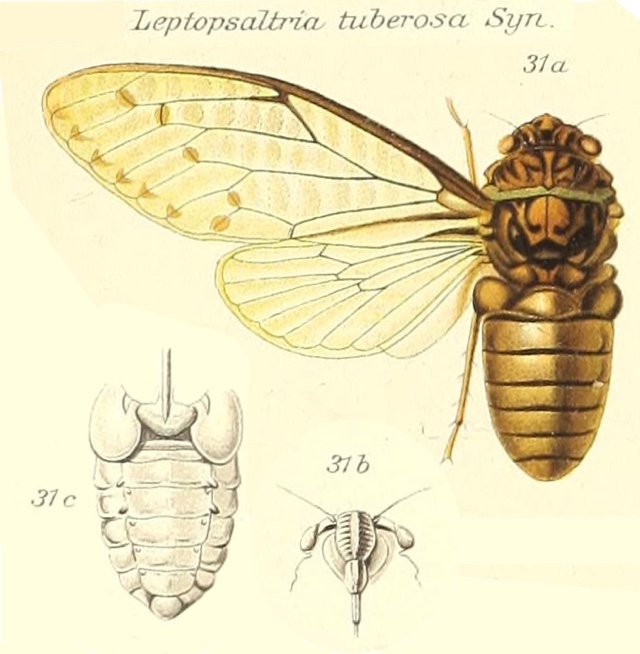
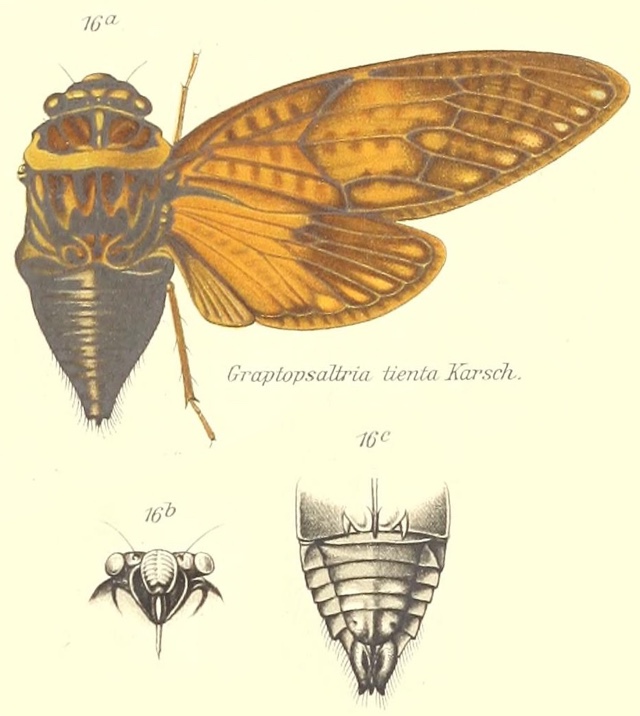















 Hyalessa maculaticollis maculaticollis
Hyalessa maculaticollis maculaticollis 














